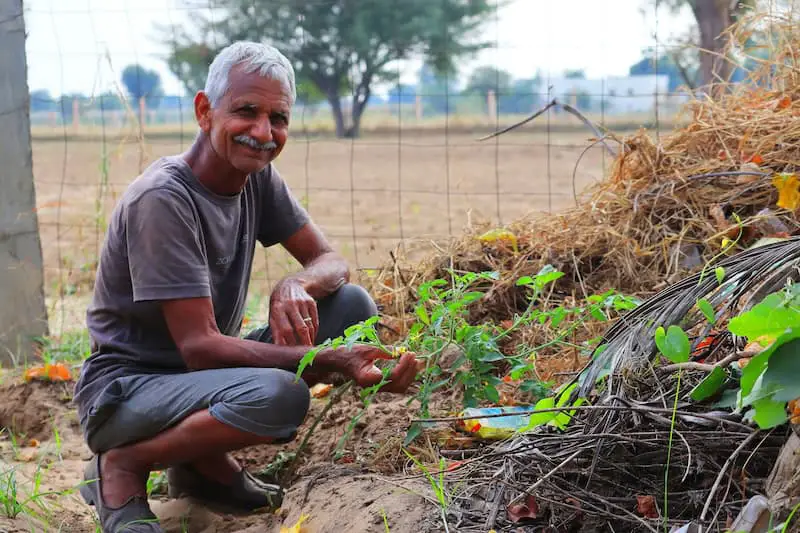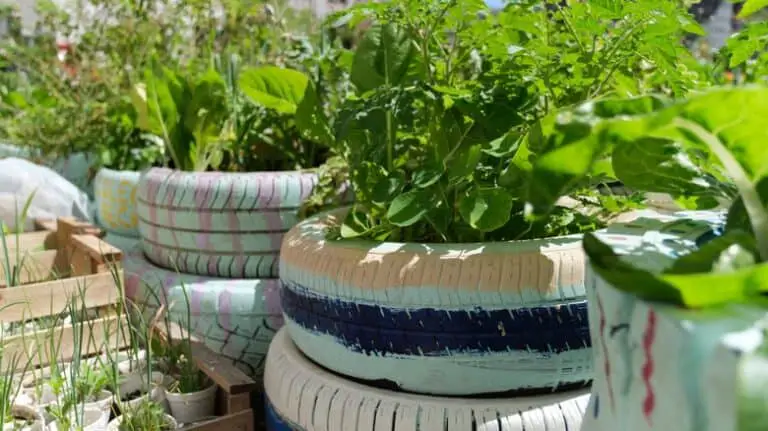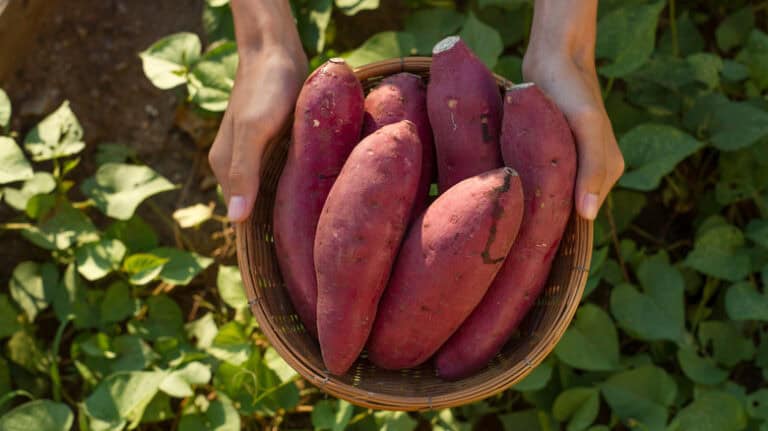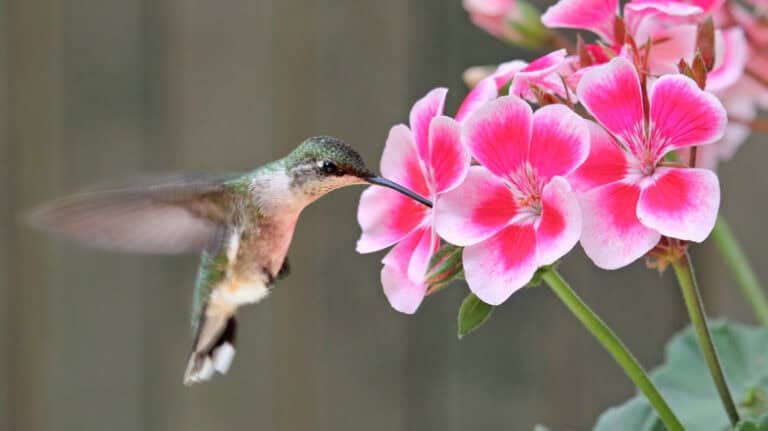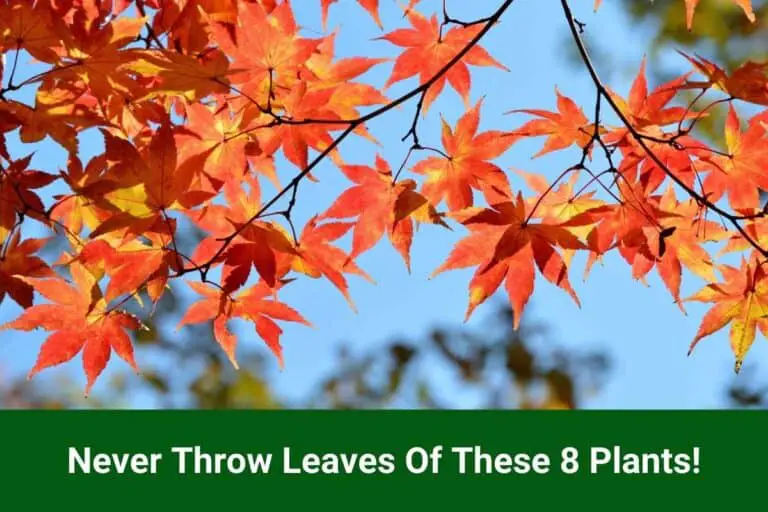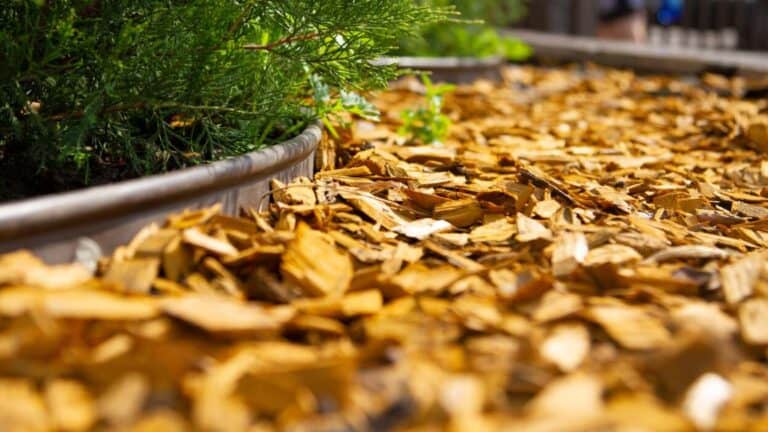21 Gardening Mistakes You’re Probably Making Without Realizing
Gardening can be a deeply rewarding hobby, providing beauty, relaxation, and even fresh produce. However, many gardeners, especially beginners, often make mistakes that can hinder their efforts. Understanding and avoiding these common pitfalls can make a significant difference in the success of your garden. Here are 21 gardening mistakes you might be making and how to avoid them.
1. Overwatering Plants
Overwatering is one of the most common mistakes gardeners make. While plants need water to thrive, too much can lead to root rot, fungal diseases, and other issues. To avoid overwatering, ensure your garden has proper drainage, use mulch to retain moisture, and water plants only when the soil is dry to the touch about an inch below the surface. Using a moisture meter can also help you determine when your plants truly need water.
2. Underwatering Plants
Conversely, underwatering is just as detrimental. Plants need consistent moisture, especially during their growing season. Signs of underwatering include wilted leaves, dry soil, and stunted growth. To prevent this, establish a regular watering schedule, particularly during hot and dry periods. Soaker hoses and drip irrigation systems can provide a steady supply of water directly to the roots, reducing evaporation and ensuring plants receive adequate hydration.
3. Planting Too Close Together
Crowding plants is a mistake that can lead to poor air circulation, increased competition for nutrients, and a higher risk of disease. Each plant needs adequate space to grow and thrive. Refer to the plant’s specific spacing requirements on seed packets or plant tags. Providing enough room between plants allows for better air circulation, which helps prevent fungal infections and allows each plant to access the necessary nutrients and sunlight.
4. Ignoring Soil Quality
Healthy soil is the foundation of a successful garden. Many gardeners neglect to test their soil before planting, leading to poor growth and plant health. Conduct a soil test to determine its pH and nutrient levels. Amend the soil with organic matter, such as compost or manure, to improve its structure and fertility. Regularly adding organic matter also helps retain moisture and provides a habitat for beneficial organisms.
5. Using Synthetic Fertilizers Incorrectly
Synthetic fertilizers can provide a quick nutrient boost, but overuse can damage plants and harm the environment. Excess nitrogen, for example, can cause lush foliage at the expense of flowers and fruits. Follow the recommended application rates and timings on fertilizer labels. Consider using organic fertilizers, which release nutrients slowly and improve soil health over time.
6. Failing to Rotate Crops
Growing the same type of plant in the same spot year after year depletes the soil of specific nutrients and increases the risk of pests and diseases. Crop rotation helps maintain soil health and reduce pest problems. Plan your garden layout to rotate plant families, such as moving legumes to different areas each season to fix nitrogen in the soil and following them with nutrient-hungry crops like tomatoes.
7. Ignoring Plant Hardiness Zones
Planting species that are not suited to your climate can lead to disappointment. Each plant has a hardiness zone rating that indicates the temperature range it can tolerate. Consult the USDA Plant Hardiness Zone Map to determine your zone and choose plants accordingly. This ensures your garden will survive and thrive through your region’s temperature extremes.
8. Planting at the Wrong Time
Timing is crucial in gardening. Planting too early or too late can result in poor germination, frost damage, or heat stress. Follow the recommended planting times for your region and specific plants. For many vegetables, starting seeds indoors and transplanting them outside after the last frost date can give them a head start. Pay attention to local weather patterns and use tools like frost blankets to protect sensitive plants.
9. Neglecting to Mulch
Mulching is often overlooked, but it provides numerous benefits, such as retaining soil moisture, suppressing weeds, and regulating soil temperature. Apply a layer of organic mulch, such as straw, wood chips, or compost, around your plants. Avoid piling mulch directly against plant stems, as this can lead to rot. Replenish mulch as needed to maintain its effectiveness throughout the growing season.
10. Not Pruning Correctly
Proper pruning promotes healthy growth and enhances plant shape, but incorrect pruning can harm plants. Avoid heavy pruning during the growing season, as this can stress plants. Use clean, sharp tools to make precise cuts and prevent the spread of disease. Learn the specific pruning needs of your plants, including when and how to prune, to encourage vigorous growth and flowering.
11. Ignoring Pest Management
Pests can quickly damage or destroy a garden if not managed properly. Ignoring pest problems can lead to significant losses. Monitor your garden regularly for signs of pests, such as chewed leaves or discolored foliage. Implement integrated pest management (IPM) strategies, including physical barriers, beneficial insects, and organic pesticides. Early detection and intervention are key to preventing widespread infestations.
12. Planting Invasive Species
Some plants, while attractive, can become invasive and outcompete native species. Invasive plants can disrupt local ecosystems and require significant effort to control. Research plants before adding them to your garden, and avoid those known to be invasive in your area. Opt for native plants, which are adapted to your region’s climate and soil and provide habitat for local wildlife.
13. Overlooking Sunlight Requirements
Different plants have varying sunlight needs. Planting sun-loving species in shaded areas or shade-tolerant plants in full sun can result in poor growth and health. Observe your garden throughout the day to determine the amount of sunlight each area receives. Group plants according to their light requirements to ensure they thrive. Consider using shade cloths or relocating plants to more suitable spots if necessary.
14. Ignoring Plant Labels
Plant labels provide essential information about a plant’s needs, including sunlight, water, and spacing requirements. Ignoring these guidelines can lead to poor plant performance. Take the time to read and follow the instructions on plant labels. This will help you understand how to care for each plant and create an environment where they can flourish.
15. Not Controlling Weeds
Weeds compete with garden plants for water, nutrients, and sunlight. Ignoring weeds can lead to reduced crop yields and unhealthy plants. Regularly remove weeds by hand or use mulch to suppress their growth. Consider using landscape fabric or weed barriers in high-weed areas. Staying on top of weed control early in the season can prevent them from becoming a major problem later.
16. Failing to Provide Support for Vining Plants
Vining plants, such as tomatoes, cucumbers, and beans, require support to grow properly. Without support, these plants can become tangled, making harvesting difficult and increasing the risk of disease. Use stakes, trellises, or cages to provide the necessary support. Regularly tie plants to their supports as they grow to keep them upright and healthy.
17. Not Protecting Plants from Extreme Weather
Extreme weather conditions, such as frost, heatwaves, and heavy rain, can damage or kill plants. Not taking measures to protect your garden can result in significant losses. Use row covers, frost blankets, or cloches to shield plants from cold weather. Provide shade or windbreaks during heatwaves. Ensure good drainage to prevent waterlogged soil during heavy rain. Preparing for extreme weather can help your garden withstand adverse conditions.
18. Overlooking Companion Planting
Companion planting involves growing certain plants together to enhance growth, deter pests, and improve yields. Ignoring the benefits of companion planting can lead to missed opportunities for a healthier garden. Research which plants grow well together and which do not. For example, planting basil near tomatoes can improve flavor and repel pests, while beans and corn grow well together because beans fix nitrogen in the soil, benefiting the corn.
19. Neglecting to Deadhead Flowers
Deadheading, or removing spent flowers, encourages plants to produce more blooms and prevents them from putting energy into seed production. Neglecting this task can result in fewer flowers and a less attractive garden. Regularly deadhead flowering plants by snipping off faded blooms with clean scissors or pruning shears. This simple practice keeps your garden looking vibrant and encourages continuous blooming.
20. Using the Wrong Tools
Using inappropriate or dull tools can make gardening tasks more difficult and harm your plants. Invest in high-quality, ergonomic tools that suit your gardening needs. Keep your tools clean and sharp to ensure they work efficiently and reduce the risk of spreading disease. Proper tools make gardening more enjoyable and help you care for your plants more effectively.
21. Neglecting Garden Maintenance
Regular maintenance is essential for a healthy, thriving garden. Neglecting tasks such as weeding, watering, pruning, and pest control can lead to a decline in plant health. Set aside time each week for garden maintenance. Create a checklist of tasks to stay organized and ensure nothing is overlooked. Consistent care and attention will reward you with a beautiful, productive garden.
Avoiding these common gardening mistakes can significantly enhance your gardening success. By understanding and addressing each potential pitfall, you can create a healthier, more productive, and more enjoyable garden. Happy gardening!

